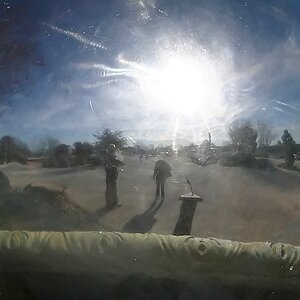I have 80+ sheets of Kentmere Fineprint VC FB Neutral Tone Finegrain Semi Matte. I am in a beginning photography class and I'm the only one with semi-matte paper.
The teacher isn't too good with outside of the box things, and semi-matte isn't inside his box.
Unfortunately, my prints are coming out grey-ish, and I'm having troubles with chemical stains. Teacher says this is because the semi-matte needs a different printing process.
Anyone have any experience with this?
The teacher isn't too good with outside of the box things, and semi-matte isn't inside his box.
Unfortunately, my prints are coming out grey-ish, and I'm having troubles with chemical stains. Teacher says this is because the semi-matte needs a different printing process.
Anyone have any experience with this?


![[No title]](/data/xfmg/thumbnail/37/37137-43b5701b1efb7322c2c9fa6a1e30ccfa.jpg?1619737884)
![[No title]](/data/xfmg/thumbnail/39/39185-29433e4f46e4b0bd394d10962886594c.jpg?1619738904)
![[No title]](/data/xfmg/thumbnail/36/36643-92fe0dd9e247722bfefe299cd8a549f5.jpg?1619737670)








